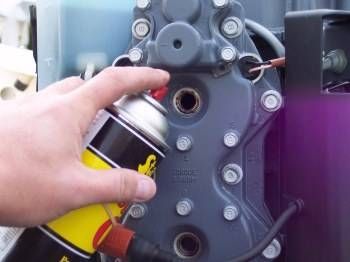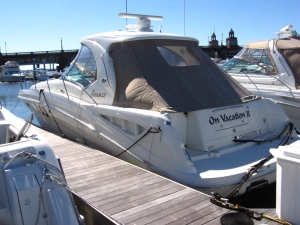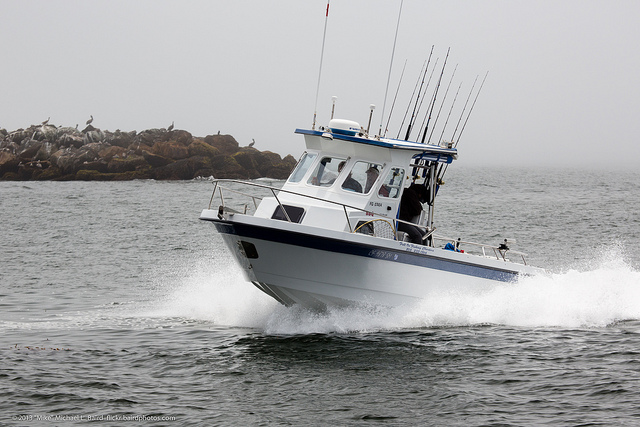Packing It Up - Steps to Winterize Your Boat Part I: Outboards
Now that Labor Day has passed, boating season is coming to an end while cold weather looms on the horizon. The engine is the most expensive part of...
1 min read
Bell Performance : Sep 22 2011

Welcome to the second part in our series on simple steps to take for getting your boat ready for its winter rest period. The previous article introduced the importance of changing the oil and flushing the engine before you pack your boat away for the winter.
 You’ll probably end up leaving some fuel in your boat’s fuel tanks when you put it away for the winter. Gasoline breaks down in storage, with the lighter fractions evaporating off and the heavier fractions forming a jet-clogging and injector-sticking varnish. This degrading process can begin in as little as two weeks, and the fuel's octane rating decreases in the process. Therefore, you'll want to add a fuel stabilizer like Bell Performance Mix-i-Go or Marine MXO to the tank and idle the engine for 10 to 20 minutes to distribute these products throughout the system. This will protect the fuel that is left in your boat's fuel system during storage.
You’ll probably end up leaving some fuel in your boat’s fuel tanks when you put it away for the winter. Gasoline breaks down in storage, with the lighter fractions evaporating off and the heavier fractions forming a jet-clogging and injector-sticking varnish. This degrading process can begin in as little as two weeks, and the fuel's octane rating decreases in the process. Therefore, you'll want to add a fuel stabilizer like Bell Performance Mix-i-Go or Marine MXO to the tank and idle the engine for 10 to 20 minutes to distribute these products throughout the system. This will protect the fuel that is left in your boat's fuel system during storage.
To protect engine internal components from rust and corrosion, remove the engine air cleaner or flame arrestor and spray a lightweight oil down the carburetor with the engine running. Shut off the fuel supply with the fuel valve or pinch off the fuel line to burn the remaining fuel in the carburetor or fuel-injection system. On engines with carburetors, the main jets are so small that even a tiny amount of fuel left in the carburetor can gum them up. You need to remove the carburetor drain plug to extract all of the fuel.
When the engine stops, pull the spark plugs and squirt a small amount of lightweight oil into the cylinders. Rotate the engine a few times to ensure a good oil coating of cylinder walls and reinstall the plugs. An alternative is to disable the ignition and turn the engine over while spraying a lightweight oil down the carburetor.
Following these boat winterizing procedures can reduce the chances of your boat developing problems while idled in winter storage and ensure a smooth start-up in the spring.

Now that Labor Day has passed, boating season is coming to an end while cold weather looms on the horizon. The engine is the most expensive part of...

Labor Day has come and end, signaling the end of summer and the time to start thinking about packing the warm weather toys up for the winter. This...

De-winterizing your boat should take no time at all if you properly prepared it before you stowed it away for the cold weather months. Even boats...